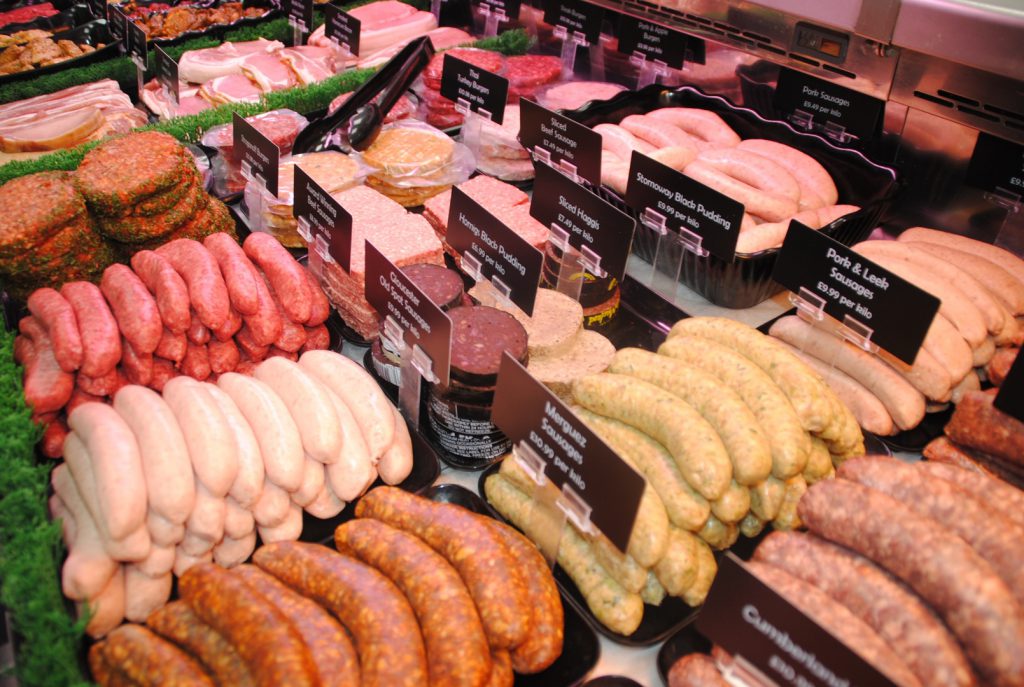The craft of sausage making
In prehistoric times, people went hunting when they needed food. After the usable parts of an animal were cut out, scraps were left over. Meat that could not be eaten around the time of the hunt or the slaughter of the herd had to be preserved. But how?
Following the practice of pickling meat, someone decided to mix the remaining parts of the animal (including offcuts) with salt, sugar, and spices. This mixture was pressed into a casing and then dried in the air. This way, it became possible to add value to the whole animal and preserve meat products for longer. This is how the craft of sausage making started.
Enormous variety of sausages in Europe
In every corner of Europe, different mixes were used to produce sausages, often based on local tastes and habits. The way the sausage was made was also different. That is why in Europe we have sausages in all shapes and sizes: Fresh sausages, fresh smoked sausages, boiled sausages, cooked smoked sausages, semi dry sausages, and dry sausages. Each type of sausage requires an enormous amount of craftsmanship and knowledge: What kind of meat do you use? Which part of meat do you use? Do you use a coarse or fine emulsion? What is the correct ratio of meat, fat, spices, water, additives, and salt? Which casing do you use? Do you let the sausage mature naturally, or do you choose a faster method? Why do you add sugar?
Artisanal butchers in Europe pass on their passion for the trade, secret family recipes, technological knowledge, and other valuable information about the production of sausages from father to son to the next generation. But more and more butchers, and with them also artisans, who have this specific professional knowledge and who can and want to practice the craft of sausage making, are disappearing.
JohanKwaaitaal.com – because industrial sausage making is a craft
With the website Johankwaaitaal.com Johan wants to secure the knowledge that is part of the craft of sausage making. Johan also wants to make it possible for the meat processing industry to translate the old craft of sausage making into an appropriate efficient process technology. Johan also has the ambition to translate traditional sausage recipes into new variants with surprising flavours, without losing sight of the original craftsmanship. This is the only way to keep the craft alive and to honour the traditional sausage product!
Johan also has the ambition to support industrial sausage production internationally.
Laatste cases
Because sausage production is a craft
Latest updates
Asian Meat magazine asks Johan how to make sausage ‘healthier’
Responding better to demand for healthy food Sausage may be popular in much of Asia, but the snack has a lot of catching up to
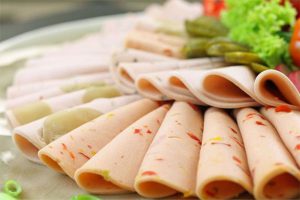
Sausage in profile: hybrid sausages
More and more people are choosing to eat less or no meat. Some choose to cut down on eating meat, the so-called flexitarian. The other
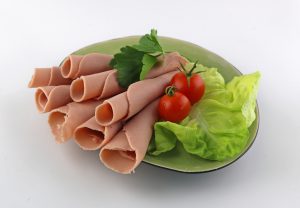
Plant-based substitutes for traditional canned meats are now entering the market
Plant based meat has become a major trend in 2022. This trend was particularly visible at SIAL, the world’s leading food trade fair held every
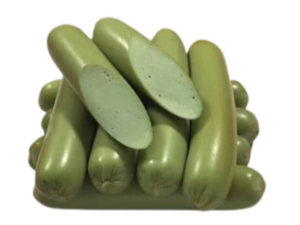
Green Tea sausage
While travelling in Southeast Asia and China I got the opportunity to enjoy from Green Tea, or products with Green Tea in it (for instance

High protein sausage snack
While the concept of sausage is simple, thousands of variations can be found throughout the world. Sausages can be raw (fresh), low temperature, medium temperature
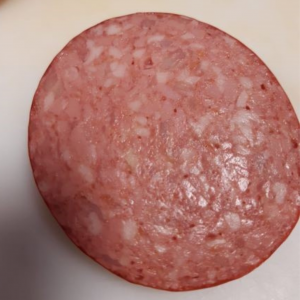
New emulsifier reduces costs in sausage production
There is a new emulsifier (emulsifying and stabilizing agent) on the market with extremely high water-binding capacity! In this way you can save costs in

